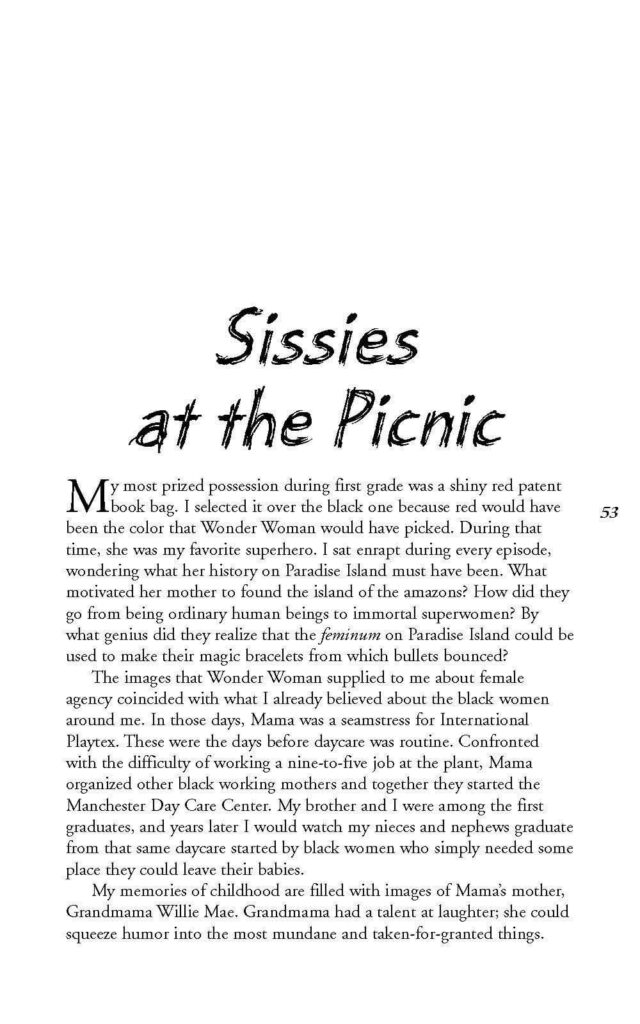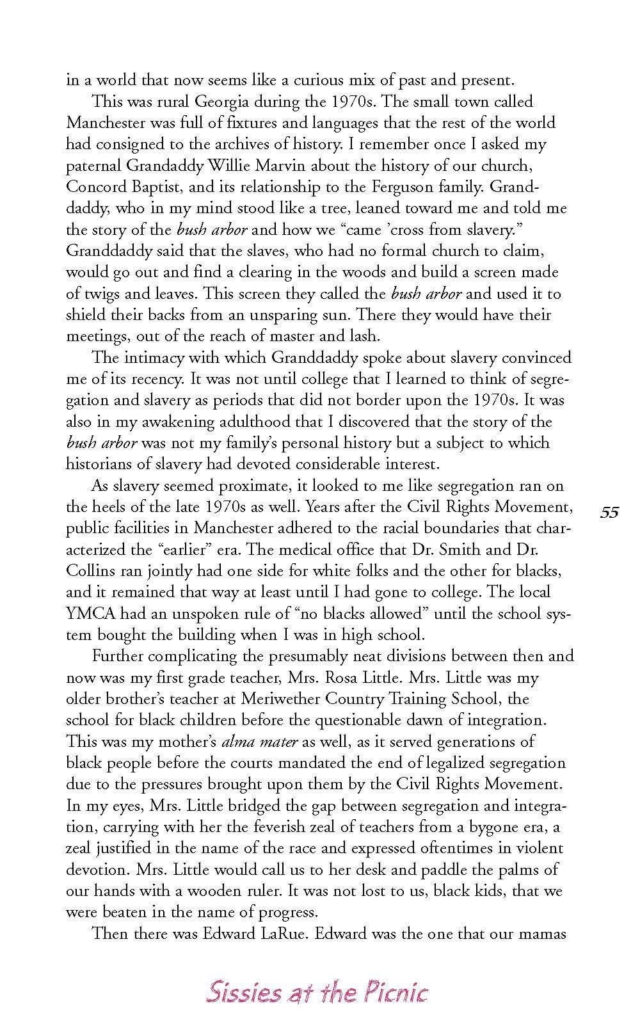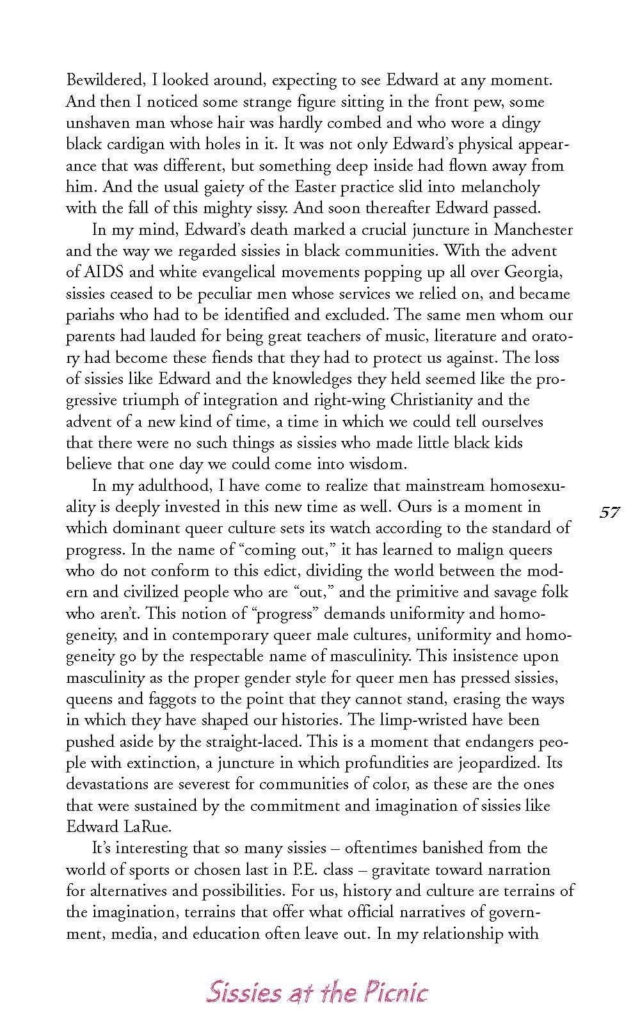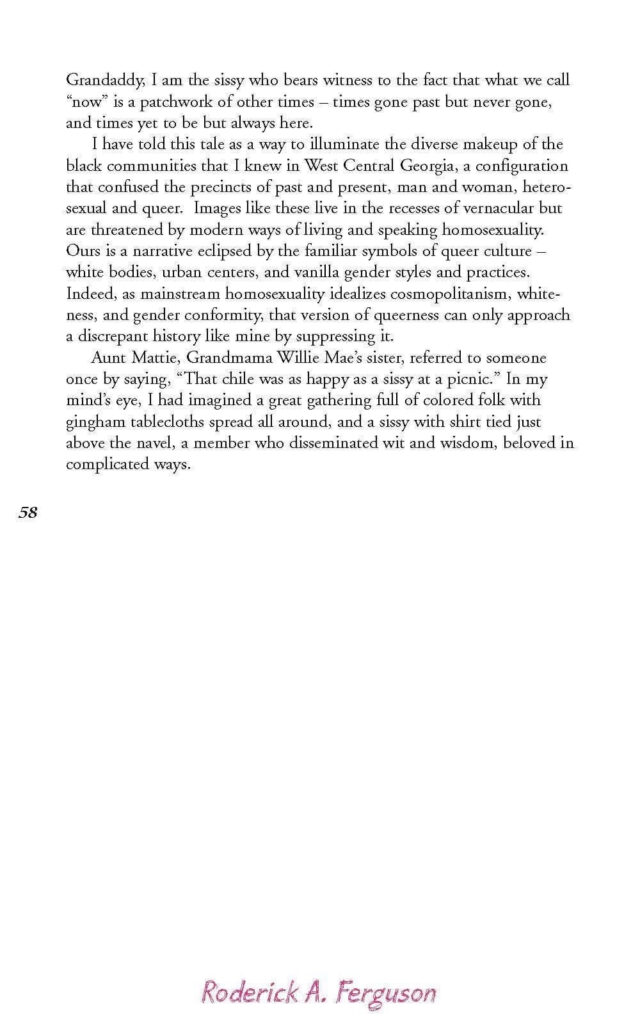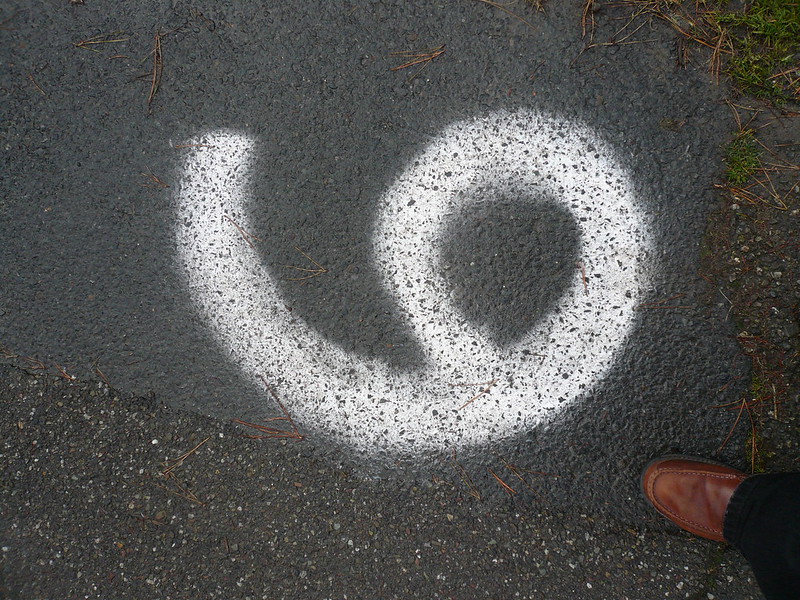As I read through Prof. Brim’s book, I realize that queer studies are interconnected with different social factors such as class, woman, race, and poverty. Although queer studies are a somewhat unfamiliar subject to me, I could see a little glimpse of how queer studies are happening in the U.S. and a vivid description of Brim’s class’s authentic atmosphere. One of the fun parts of the book is that some young women students’ chief goal is not to graduate as quickly as possible so that they can forestall marriage or resist increased pressure to marry. On the other hand, one of the heartbreaking parts is about a queer homeless student holding back tears, “this is the first time they’ve kicked me out for good.” Although I could not fully understand the student and Poor Queer Studies Mothers’ difficult situations, it is nice to hear that queer studies could be used as an educational ladder for students’ social mobility. And it is also touching story that when a mother brought her child to one of the queer studies’ classes, every student there treated her child so considerably, and that experience led the students involved in the class to a deep level of understanding of queer words. Additionally, it is interesting to know that continuing to live at a parent’s home while commuting to college is considered an overwhelmingly low-income and working-class experience in the U.S. (If what I understood from the text is correct). In Korea, students prefer commuting to colleges from their homes, and there is no such bias. This point makes me think that colleges should be considerate of not only for their students’ studies or grades but also of their socioeconomic status, which is the most significant determinant for their likelihood to graduate. Colleges should try to create as many part-time job opportunities on campus as possible for low-income students and provide them with a long period of study years so that many working students can finish their studies successfully while managing their lives properly.
——————————————————————————————————————————
Pedagogy roundup: This is one of the ideas that came to mind as I took this higher-edu class. As an international student, sometimes I felt like “I do not know what this means” in the class. I think it might be due to language or cultural barriers, or it might be because I’m learning new academical terminologies (I’m not saying this negatively. I am enjoying taking this class. Please don’t get me wrong😊). I am still learning English, which I love to learn, and I’m also experiencing new cultures in NYC as a student who studies in a different cultural context.
Just as someone brought up some of the immigrant student issues in the class, I think my new cultural experience as an international student connect not only to other international students but also to many immigrants who are still coming to the U.S. This point leads me to question, “are American students (especially American-born students) ready enough to accept various immigrant students to their classes and their college lives? Are U.S. colleges well prepared to receive immigrant students as their actual members?”
To answer these questions, I think about pedagogy related to “understanding other cultures by experiencing those cultures.” As we talked a lot about “inclusivity” in the class, being aware of other people’s cultures from other countries or regions is important to becoming inclusive, and and should not be considered a trivial matter. Creating opportunities to understand and experience other cultures in class will allow American students to be knowledgeable about how they should interact with culturally different students. And creating opportunities to understand other cultures also would help American-born students have more open-minded attitudes toward immigrant students. Furthermore, this approach may contribute to making the U.S. society more inclusive to each other despite of racial, ethnic, and gender differences. So, I suggest this pedagogy:
-At the beginning of the college semester, every student in class presents about “introducing his/her ethnic or country cultures” in front of other students so that all students can recognize that they have been grown up in different cultures and family backgrounds.
-During the presentation, immigrant or international students can use their native language sometimes to give American students opportunities to experience how a study using other languages is different from a study in their mother tongues. This experience can be called “becoming an exchange student abroad.”
-Second, third or higher generation immigrant students also should introduce their parent’s previous country’s cultures. By doing so, they could learn not to forget their original national identities.
-Students can share exotic foods of different countries and wear their home or parent’s home-country’s traditional dresses during the class with explanations about when they wear those dresses.

